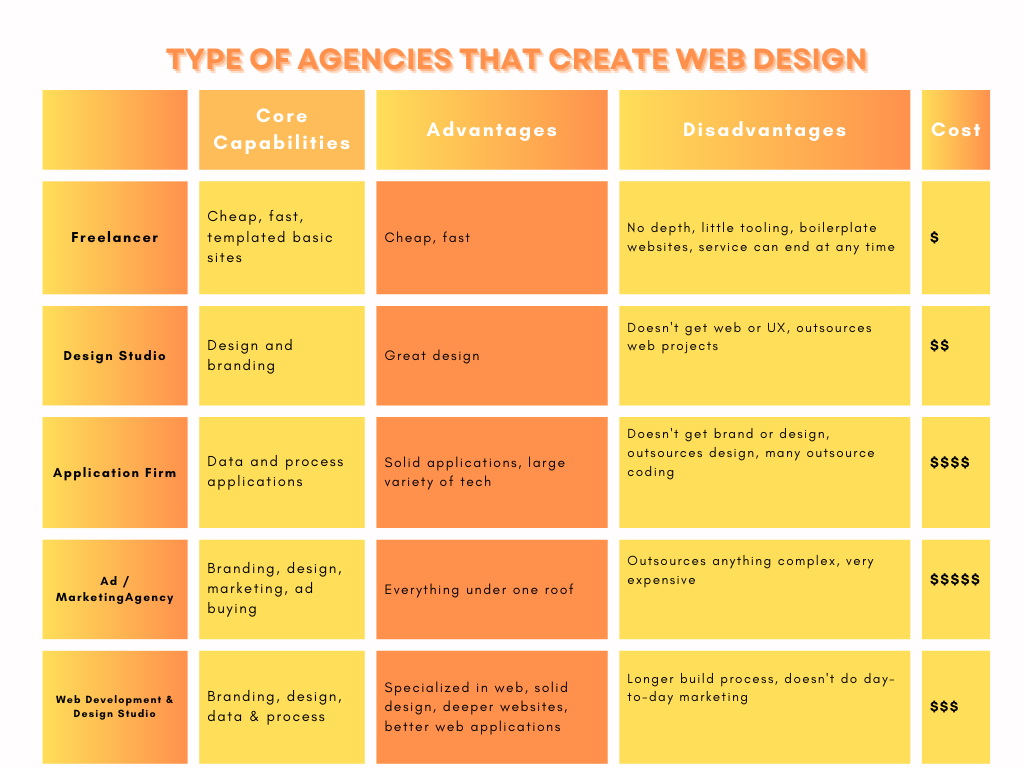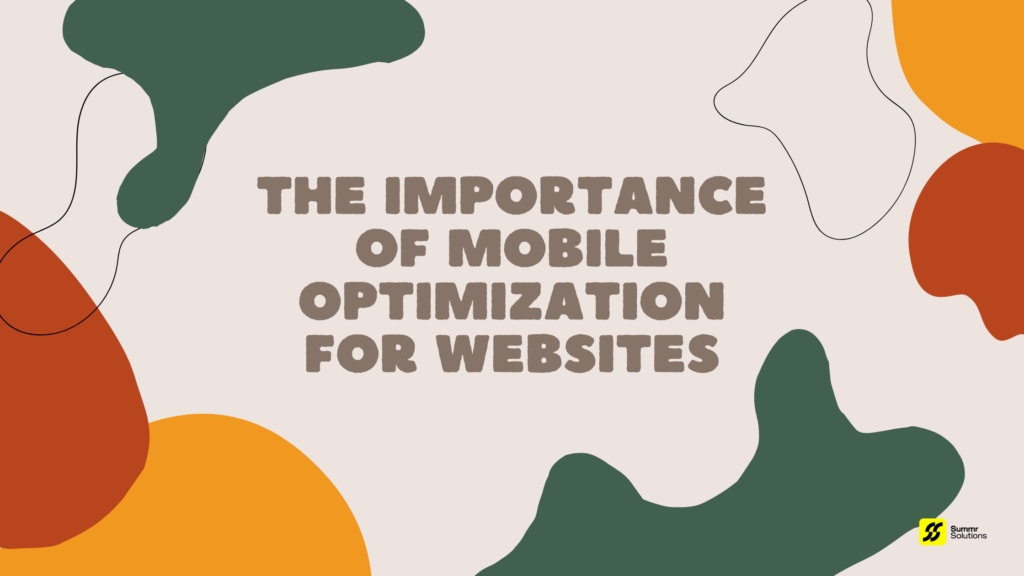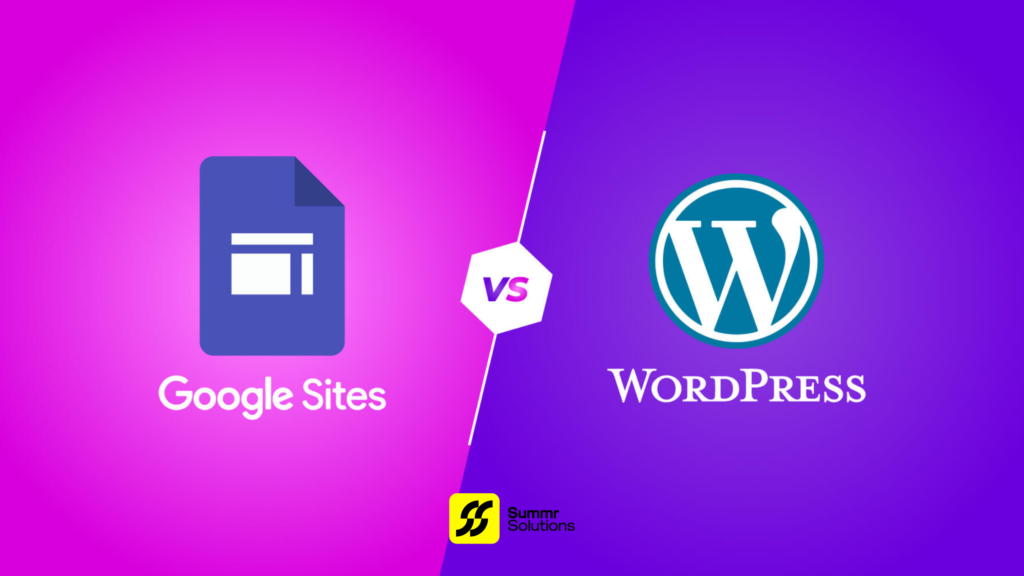Cloud computing offers several advantages for businesses, including scalability, cost-efficiency, flexibility, and access to the latest technologies. It enables businesses to avoid the need for large capital expenditures on IT infrastructure and allows teams to collaborate seamlessly from anywhere. Moreover, cloud services often come with automated updates and enhanced security. Here’s a balanced perspective on both the pros and cons to help you decide.
What is Cloud Computing?
Cloud computing refers to the delivery of computing services which include servers, storage, databases, networking, software, and more—over the internet (“the cloud”). Instead of owning physical data centers or servers, businesses can access and store data, run applications, and manage resources through a cloud service provider. These services are offered on-demand, allowing companies to pay for what they use, scale resources as needed, and reduce the costs associated with maintaining traditional IT infrastructure. Cloud computing facilitates flexibility, agility, and innovation across industries.
Key Advantages of Cloud Computing
- Scalability and Flexibility
Cloud computing allows you to scale resources up or down based on demand. Businesses no longer need to invest heavily in physical infrastructure, meaning they can respond more efficiently to market changes. Whether you’re growing fast or experiencing slower periods, the cloud adjusts to meet your needs, ensuring your operations remain smooth. - Cost-Efficiency
With cloud computing, upfront infrastructure investments turn into predictable operational costs. Businesses can avoid the significant capital expenditures of traditional IT infrastructure. Cloud services often operate on a “pay-as-you-go” basis, which means you only pay for the services you use. This model particularly benefits small to medium enterprises (SMEs) by making advanced technology more accessible. - Collaboration and Accessibility
Cloud solutions enable real-time collaboration across global teams. Employees can access data, share documents, and work on projects from any location with an internet connection. This improves productivity and allows businesses to support remote working without geographic constraints. - Innovation
Cloud environments provide access to cutting-edge technologies like artificial intelligence, machine learning, and advanced analytics. These tools allow businesses to drive innovation without the need for massive infrastructure upgrades. Startups and established enterprises alike benefit from the rapid deployment of applications and services in the cloud.
Disadvantages to Consider
- Security Concerns
While cloud providers offer robust security measures, businesses may still feel uneasy about storing sensitive data on third-party servers. Cyberattacks and breaches are potential risks, especially if your industry handles confidential or highly regulated information. Companies need to ensure their cloud provider complies with relevant data protection regulations. - Downtime and Reliability
Cloud computing relies on internet connectivity, which means any network issue can disrupt business operations. Although cloud service providers often guarantee high uptime rates, outages still occur. A reliable internet connection is crucial, and businesses must prepare for potential downtime. - Limited Control
With the shift to cloud computing, businesses relinquish a degree of control over their IT infrastructure. Updates, maintenance, and policies are managed by the provider, which may not always align with your specific needs. Customization might be limited compared to on-premise systems. - Ongoing Costs
Though cloud solutions eliminate hefty upfront costs, businesses must be mindful of long-term expenses. Subscription fees can add up, particularly if the company requires heavy data processing or advanced features. Over time, these recurring costs may outweigh the savings made from avoiding physical infrastructure. - Vendor Lock-In
Migrating from one cloud provider to another can be complex and expensive. Once you’re deeply integrated with a specific platform’s tools and infrastructure, transitioning becomes challenging. Companies must be careful to avoid over-reliance on a single provider to maintain flexibility.
Should Your Business Adopt Cloud Computing?
Cloud computing offers undeniable benefits, but the decision to adopt it should be based on your business’s unique needs. If flexibility, scalability, and innovation are your top priorities, the cloud is a strong contender. However, carefully consider risks such as security, costs, and the potential for vendor lock-in. A hybrid approach—combining both cloud and on-premise solutions—can offer a balanced way to reap cloud benefits while mitigating its downsides.
By weighing the pros and cons, businesses can make informed decisions that align with their long-term goals.
Checkout our latest post on Understanding the Difference Between Sales and Marketing





































































































